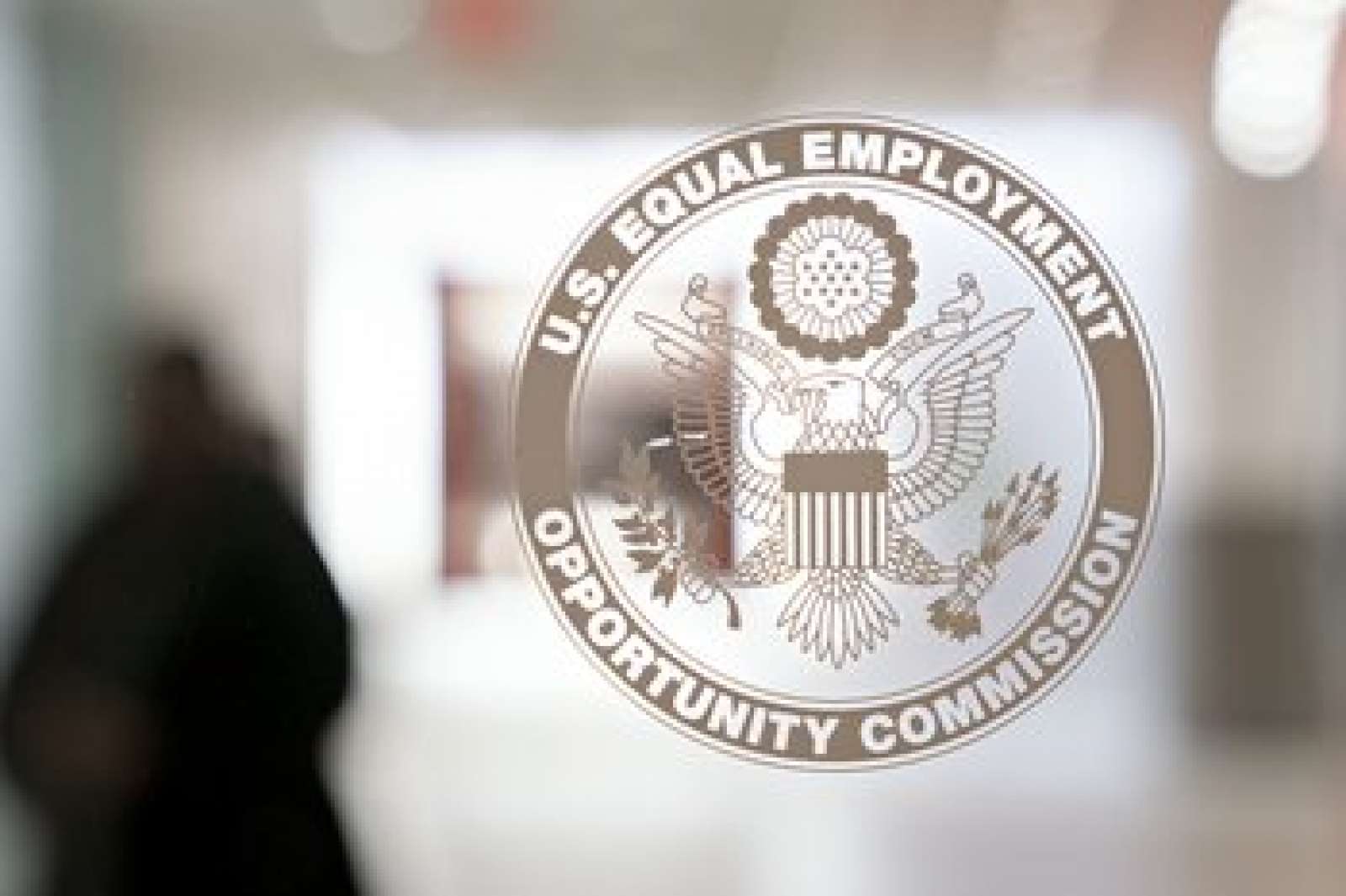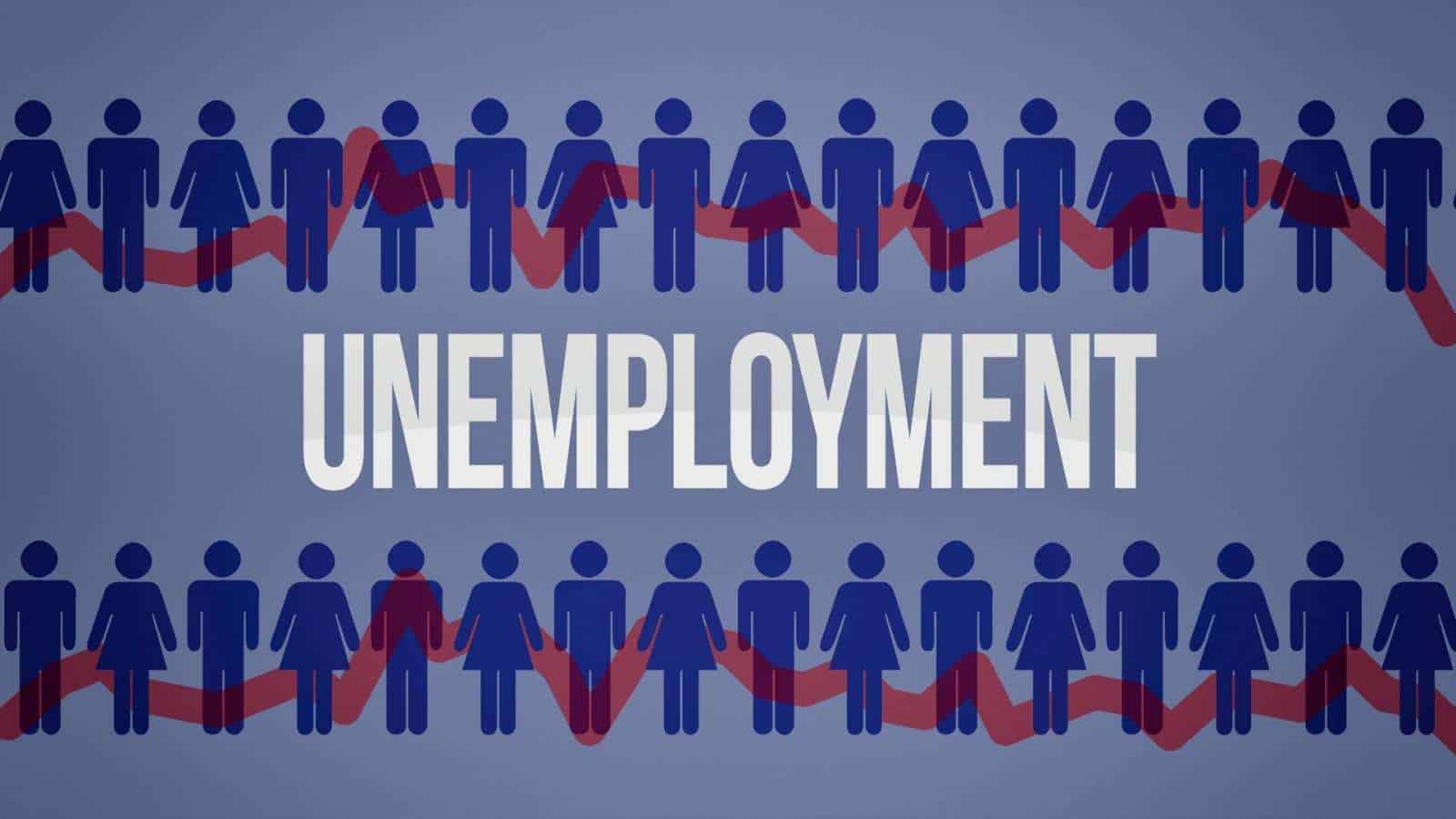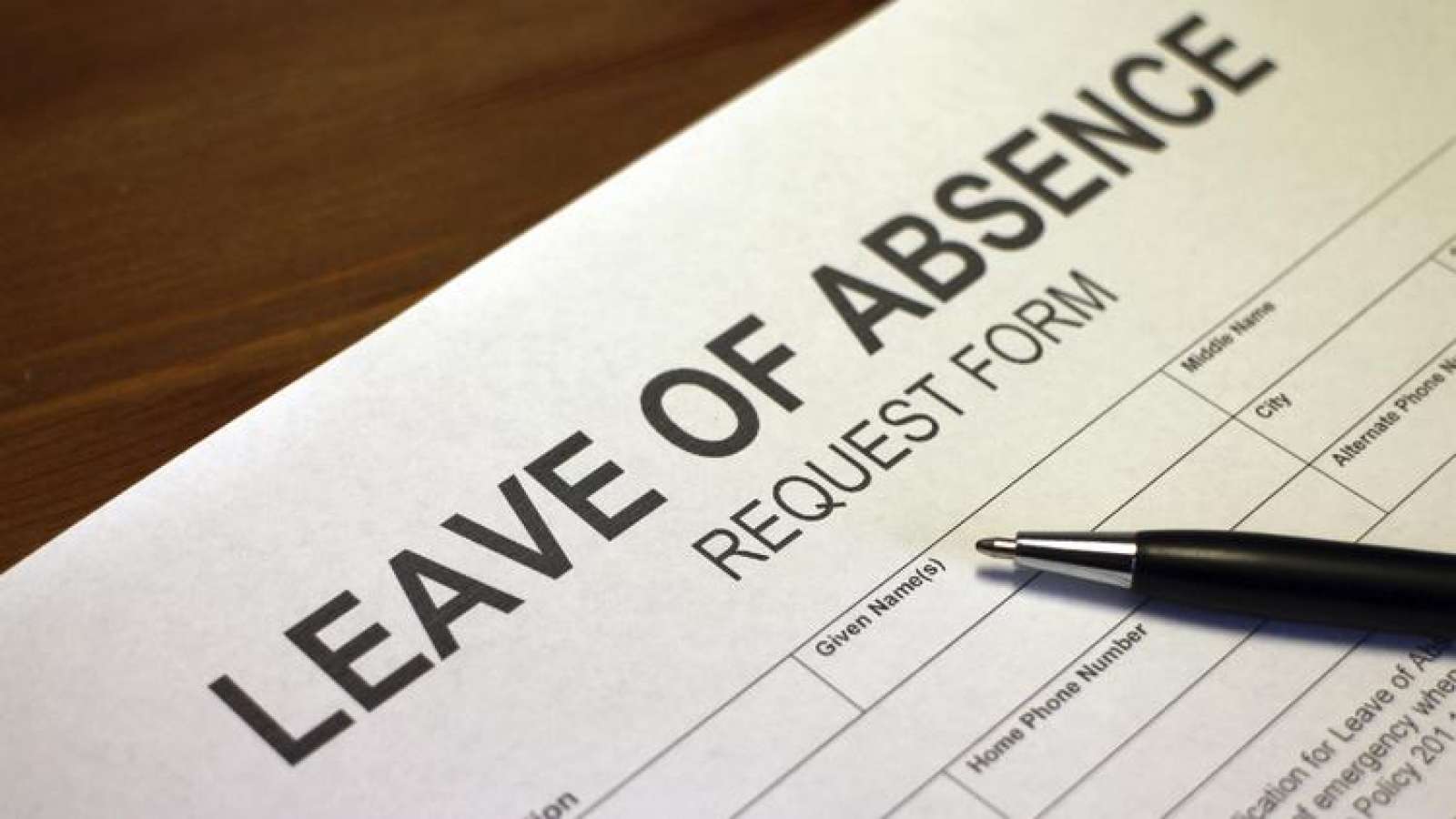Retaliation claims against employers are on the rise, as the statistics from the Federal Equal Employment Opportunity Commission (EEOC) show. In fiscal year 2018, for example, total retaliation claims appeared in 51.6% of charges filed with the EEOC, totaling a whopping 30,556 charges alleging retaliation in employment nationwide. As a result, employers across the nation, including in South Dakota, are concerned about retaliation claims, and eager to learn how to avoid them.
Generally speaking, the claim of employment retaliation is comprised of three elements the plaintiff would have to prove: (1) the employee engaged in protected activity; (2) there was an adverse employment action against the employee; and (3) the two are causally related. If an adverse action occurs close in time to the employee’s protected activity, it can suggest or imply that a causal connection is present. However, timing alone is not always enough to establish a causal connection, as a recent case shows us.
In May 2019, the U.S. 8th Circuit Court of Appeals (whose rulings apply to all South Dakota employers), held that an employee’s claim for FMLA retaliation was not established just because the employee took a leave of absence under the FMLA (which is protected activity) and subsequently faced disciplinary actions and ultimately, termination of employment within a short period of time thereafter.
In this case, the Plaintiff Karen Beckley (“Beckley”) worked for St. Luke’s Hospital, most recently as a surgical technician in the operating room. Her main duty was to pass instruments in the surgical suite. She had been employed by the employer for many years, having taken intermittent FMLA leave prior to her promotion to the operating room in 2012. Beckley frequently took FMLA leave, and had no negative consequences from August 2012 until March 10, 2014, when she received a Level 1 disciplinary warning for failing to respond to messages left on her cell phone and pager. She admitted that this reprimand was unrelated to her FMLA usage.
Then, on August 12, 2014, she received a Level 2 disciplinary warning for not responding appropriately to a call-in request. On August 25, 2014, Beckley received a Final Warning for failing to respond to an emergency call-in request. During each reprimand, Beckley was counseled that any additional occurrences could lead to further disciplinary action, including discharge of employment. Also, each disciplinary action involved a different charge nurse, none of whom played a role in Beckley’s ultimate termination of employment.
In addition to the formal disciplinary actions, the hospital counseled her about several other issues related to her work performance. In March 2014, she was talked to about her inattention to details. She admitted that this criticism of her work performance was unrelated to her use of FMLA leave. In July 2014, Beckley mislabeled a syringe, which was handed to a surgeon containing a medication instead of the required saline solution that the surgeon needed for a flush. Beckley admitted the mistake was serious, was her responsibility, and that it was a “big deal.”
Finally, in March 2015, less than seven months after being given the final warning, Beckley became contaminated in the operating room, when she touched a non-sterile object. While she immediately realized she “broke sterility,” she did not immediately change her gown or gloves. She then left the operating room, but was gone for at least 15 minutes without letting the surgeon know, which she admitted. The employer fired Beckley the same day.
Beckley alleged that the complaints from co-workers and her supervisor against her were related to her increased use of FMLA leave. She asserted that a co-worker told her she “needed to watch herself” with regard to her FMLA usage. She also viewed her supervisor’s inquiry about whether or not she could schedule doctor’s appointments during off-duty hours as a complaint or concern about her FMLA usage. Beckley thought she was being treated more severely than other employees for what she believed were relatively minor offenses.
Beckley then sued St. Luke’s, alleging FMLA retaliation as a result of adverse employment actions following the exercise of FMLA leave. While she did not have direct evidence of retaliation, she relied on the length of time between her FMLA leave and the subsequent disciplinary actions and then termination of employment, and also asserted that the hospital treated other employees who did not take FMLA leaves more leniently.
Ultimately, the court decided that Beckley’s temporal proximity claim was insufficient to establish a causal connection to the disciplinary actions or termination, and therefore, she could not establish a prima facie case of retaliation. The court then went on to find that St. Luke’s showed that it had a legitimate, non-discriminatory reason for her termination, and that Beckley had failed to establish that the employer’s reason was pretexual (i.e., a “cover-up” for actual retaliation).
In reaching its conclusion, the court relied upon the fact that Beckley had taken FMLA leave without any negative repercussions from October 2012 through March of 2014. In addition, the performance issues were well-documented by the written disciplinary actions, and Beckley was informed each time that any additional performance concerns could give rise to further disciplinary actions, including termination of employment. Further, it found that Beckley’s allegations that she was mistreated by supervisors, she was held to a different standard than others, her work was scrutinized more carefully than others, her co-workers’ comments about her FMLA leave usage, and her supervisor’s inquiry about scheduling doctor’s appointments during non-work hours, without evidence of tangible injury or harm, were not actionable under the FMLA. The court viewed the above as falling into the bucket of “petty slights or minor annoyances” that, while frustrating to employees, do not give rise to an actionable FMLA claim.
In the end, the court found that Beckley’s case only consisted of an unpersuasive argument of temporal proximity combined with her subjective belief that she was being treated differently than other employees. As a result, the court found that she did not present a case that she was retaliated against for exercising a protected FMLA leave.
Employer Takeaway: Employers should be reassured by this recent case that they can take legitimate disciplinary action against employees without fear of a retaliation claim against them being successful. So long as the adverse employment reasons are justified by the employee’s performance/behavioral concern or violation of company policy, and the discipline or termination is well-documented, the fact of timing alone will not always be enough for the employee to establish a successful retaliation claim.







